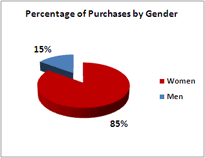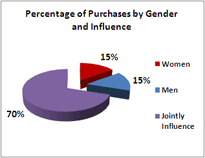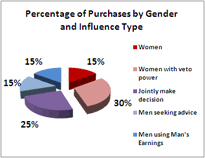The Post-Gazette ticked me off. Again. I just can’t take it anymore. So here’s the letter I wrote to the editors:
Dear Pittsburgh Post-Gazette Editors:
I’m writing because I’m a 20-something and just can’t take it anymore. The “young people need to grow up” articles just have to stop.
On April 14th, 2010, Maria Sciullo wrote an out-of-touch, connect-the-dots-that-aren’t-there article entitled For Gen X men, seems growing up is hard to do, re-titled on the web as For some 20-somethings, growing up is hard to do, an adjustment that was likely made because she seems to have confused Gen X for Gen Y. In addition to being factually incorrect, Ms. Sciullo makes a leap of Grand Canyon proportions — from Ben Roethlisberger’s abhorrent behavior as a $102 million Super Bowl-winning quarterback to the behavior of the average 20-something male who’s making his way in society. Somehow, she brings the boomers into the fray as well, suggesting that the 50-to-65-year-olds who feel a decade younger than their age is a celebration of immaturity. Add a heaping helping of Tiger Woods, Jimmy Kimmel and Adam Sandler, along with quotes from authors and experts, and you have the perfect example of a “the kids aren’t alright” hit piece, even if it veered off course for a moment to mention the generation who sang the Beatles’ When I’m Sixty-Four at the top of their pot-smoke-filled lungs.
I wrote a lengthy letter to the editor then, but never quite nailed the tone, so it sat in my “Drafts” folder for a few months. I forgot about it. Until today.
Maria Sciullo is back today with an article entitled Modern weddings a social conundrum. She mentions that there are many people who are upset about being left off the 400-person guest list for the Chelsea Clinton, which is undoubtedly true and has been covered extensively by the New York Times, Washington Post, and other publications that often cover well-connected, politically-oriented, elitist whiners. However, Ms. Sciullo once again makes a leap even Evel Knievel wouldn’t attempt, going from the multi-million-dollar wedding of the former first daughter to the average couple who happens to share details about their nuptials on Facebook/online. She uses the word “friends” in quotes when referencing the connections made on Facebook and Twitter, and goes on to talk about how rude it is to make all of these people feel left off a wedding guest list. There is another round of quotes from authors and experts that reinforce her view that, again, us kids aren’t alright. At least she spared the baby boomers this time.
It seems that Ms. Sciullo’s opinion of Generation Y is as follows: we’re a bunch of immature social media addicts who just don’t understand basic common courtesy, offending our Facebook/Twitter connections left and right with our need to tell the world about every minute detail about your lives. The repeated publication of articles like this (I once had an email argument with Bill Toland regarding an article he wrote in his The Diaspora Report series that had a similar tone) suggests that this isn’t simply the opinion of one reporter, but something a bit more pervasive throughout the culture of the newspaper. To put it kindly, this again shows that the Post-Gazette is hopelessly out of touch.
I’m more than willing to help you understand the culture of being a 20-something in our modern world (my contact information is below). However, if you prefer an example from another columnist, I suggest reading The Kids Are Alright by the New York Times’ Gail Collins, who covers the exact same topic as Ms. Sciullo’s article, but comes to a much different conclusion.
Thank you for your time and I hope you take this to heart. I will be publishing this letter on my blog (http://ciuksza.com) and will be sharing it with my “friends” on Facebook, Twitter and LinkedIn. I will be interested to hear their reactions.
Best regards,
Albert Ciuksza Jr.P.S. My reference to the Beatles and Evel Knievel was intentional — unlike your disinterest in better understanding my generation, I have a love for the cultures of my older cousins, parents, aunts and uncles and grandparents. I wanted to make sure I made connections we could both understand.







